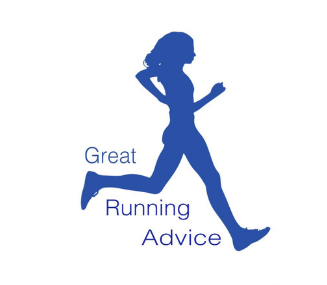When do runners truly hit their stride and reach their peak performance? The answer to when runners hit their peak may surprise you, as it’s not solely about age or experience but a combination of factors that can be optimized for maximum results. In this article, we will explore the factors influencing a runner’s peak, the role of age, the science behind peak performance, real-life examples of top athletes, and strategies to find and improve your running peak.
Factors That Affect a Runner’s Peak
Several factors can impact a runner’s peak performance:
- Genetics
- Training methods
- Nutrition
- Recovery
- Age
- Experience and mental resilience
- Injury history
- Environmental factors
- Motivation
Understanding the Role of Age in Peak Performance
Age is important when runners are at their best. Usually, marathon runners are best between ages 30 and 35, but it’s different for everyone because of training, genes, and health.
As we age, our bodies change, like reduced aerobic capacity, muscle strength, and flexibility. So naturally, this can make running performance worse. But, with the proper training, food, and mental strength, runners can still perform well as they age.
Real-Life Examples of Runners’ Peak Performance
Examining the careers of top runners can provide valuable insights into when athletes may reach their peak:
- Elite Marathon Runners – Many of the best marathon runners peak between 30 and 35 years old. For example, Eliud Kipchoge broke the world record at 37 in September 2022, demonstrating the importance of experience and mental strength in this demanding sport. A study of the Berlin Marathon from 2008 to 2018 showed that women peaked at age 32 and men peaked at age 34.
- Olympic and World Championship Medalists -Medalists in long-distance events often perform best in their mid to late 20s and early 30s. For instance, Joshua Cheptegei set the current world record for 10000m at 24 years old, and Kenenisa Bekele set the previous record when he was 23.
- Female Athletes: Paula Radcliffe, a British long-distance runner, set the world record for the women’s marathon at 29. She demonstrates that female athletes can also reach peak performance relatively young.
- Older Athletes Who Stay Strong -Some athletes perform well due to consistent training, proper nutrition, and mental strength. These examples underscore the importance of addressing all factors that impact performance, not just age.
The Science Behind Peak Performance
It helps to understand three critical factors to reach peak running performance: VO2 max, lactate threshold, and running economy.
- VO2 max is the most oxygen you can use during strenuous exercise. Add high-intensity interval training (HIIT) to your routine to increase it. This involves short, intense effort with rest periods. It helps your heart and lungs work better.
- The lactate threshold is when your body makes lactate faster than it can remove. This causes muscle tiredness and worse performance. To raise this threshold, do tempo runs and hard but sustainable workouts. This helps your body manage lactate and delays tiredness.
- Running economy (RE) shows how well a runner uses oxygen at a certain speed. A good RE means using less energy at the same speed. It depends on how you move, muscle type, and muscle control. Work on running form, strength training, and jumping exercises to improve RE. This helps with better movement, stronger muscles, and more efficient muscle control, leading to better running.
Strategies to Find and Improve Your Running Peak
To identify and enhance your peak performance, follow these steps:
- First, assess Your Current Performance: Track your running times, distances, and perceived effort using GPS watches or running apps.
- Set Realistic Goals: Establish specific, measurable, achievable, relevant, and time-bound (SMART) goals for your running performance.
- Create a Structured Training Plan: Design a plan that includes various workouts, such as long runs, interval training, hill workouts, and recovery runs. Then, gradually increase your weekly mileage and intensity to avoid injury and overtraining.
- Focus on Proper Running Form: Work on your running mechanics, including posture, foot strike, and arm swing, to increase efficiency and reduce injury risk.
- Strengthen Your Core: Include strength training exercises targeting your core, hips, glutes, and leg muscles to enhance performance and prevent injuries.
- Prioritize Recovery and Rest: Schedule rest days and listen to your body to ensure adequate recovery between workouts. Incorporate stretching, foam rolling, and massage for injury prevention.
- Cross-Train: Participate in aerobic exercises like swimming or cycling to maintain cardiovascular fitness while giving your running muscles a break.
- Develop Mental Strength: Use mental strategies such as visualization, positive self-talk, and goal setting to improve focus, calmness, and confidence during training and races.
- Optimize Nutrition and Hydration: Fuel your body with a balanced diet rich in carbohydrates, protein, healthy fats, and nutrients, and in addition, stay hydrated before, during, and after your runs.
Conclusion
Reaching top running performance is complex. It depends on genes, training, food, rest, age, experience, injuries, environment, and motivation. Age is important but not the only thing to think about.
To be the best, learn from top athletes. Focus on training, food, rest, and mental preparation for all ages. Look at your current performance, set goals, make a training plan, have good running form, a strong core, rest, cross-training, mental strength, and eat and drink well, as this will help you improve throughout your running journey.

